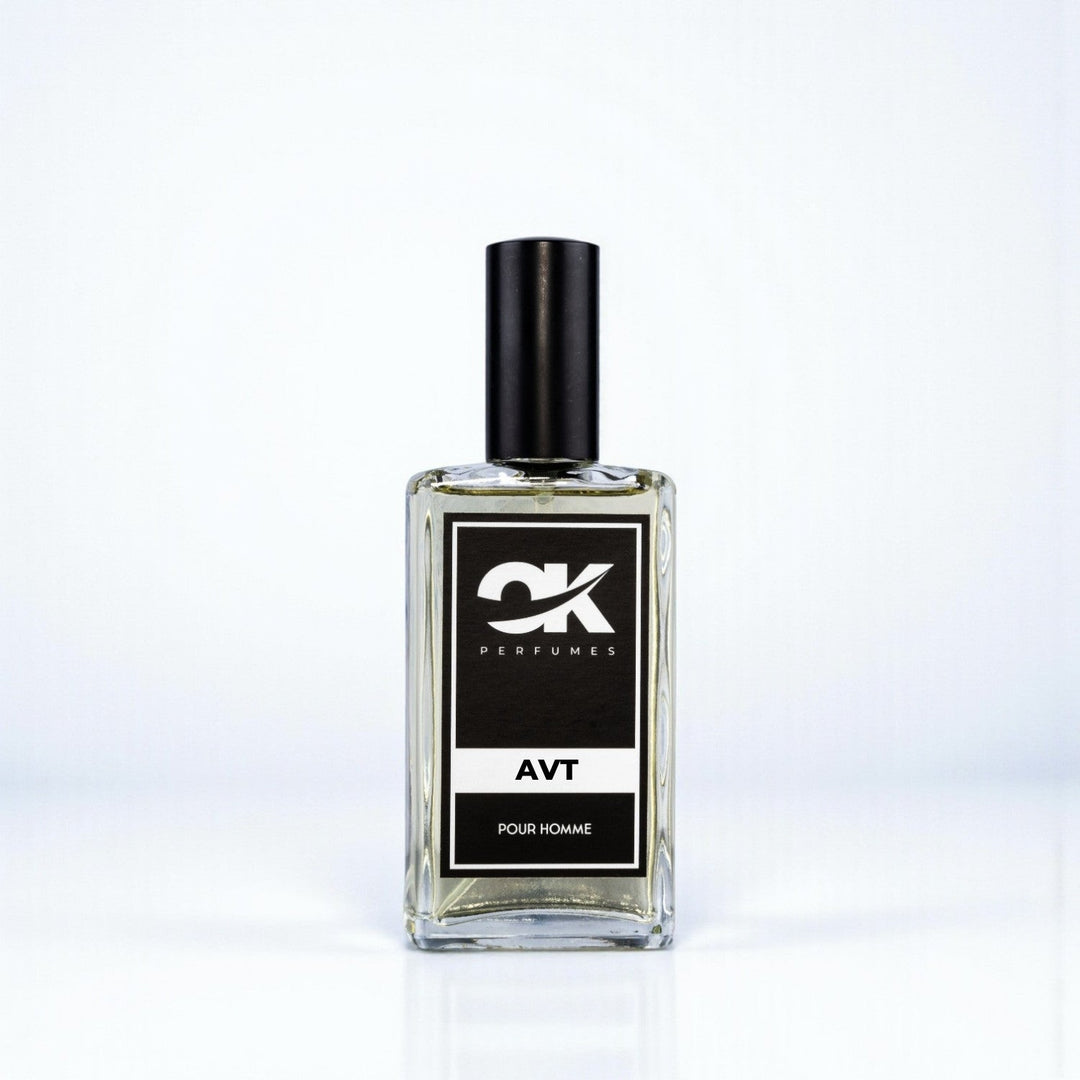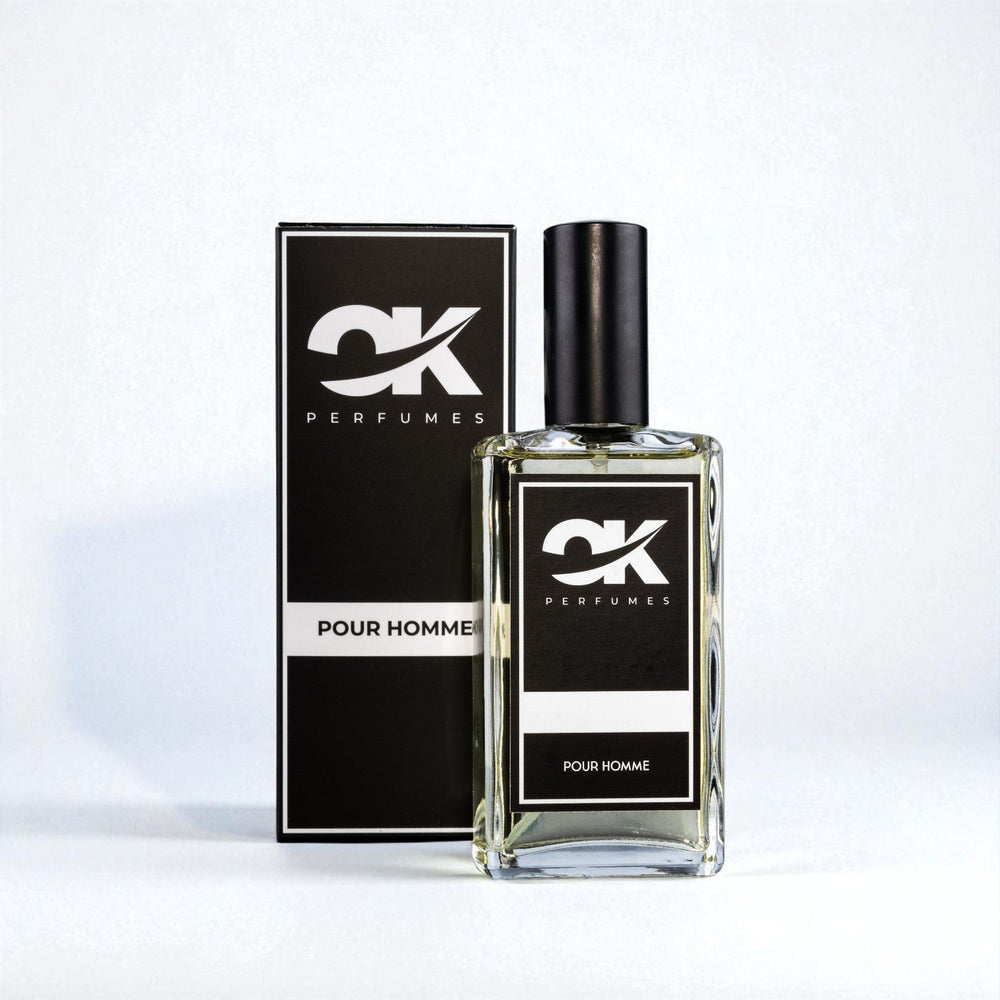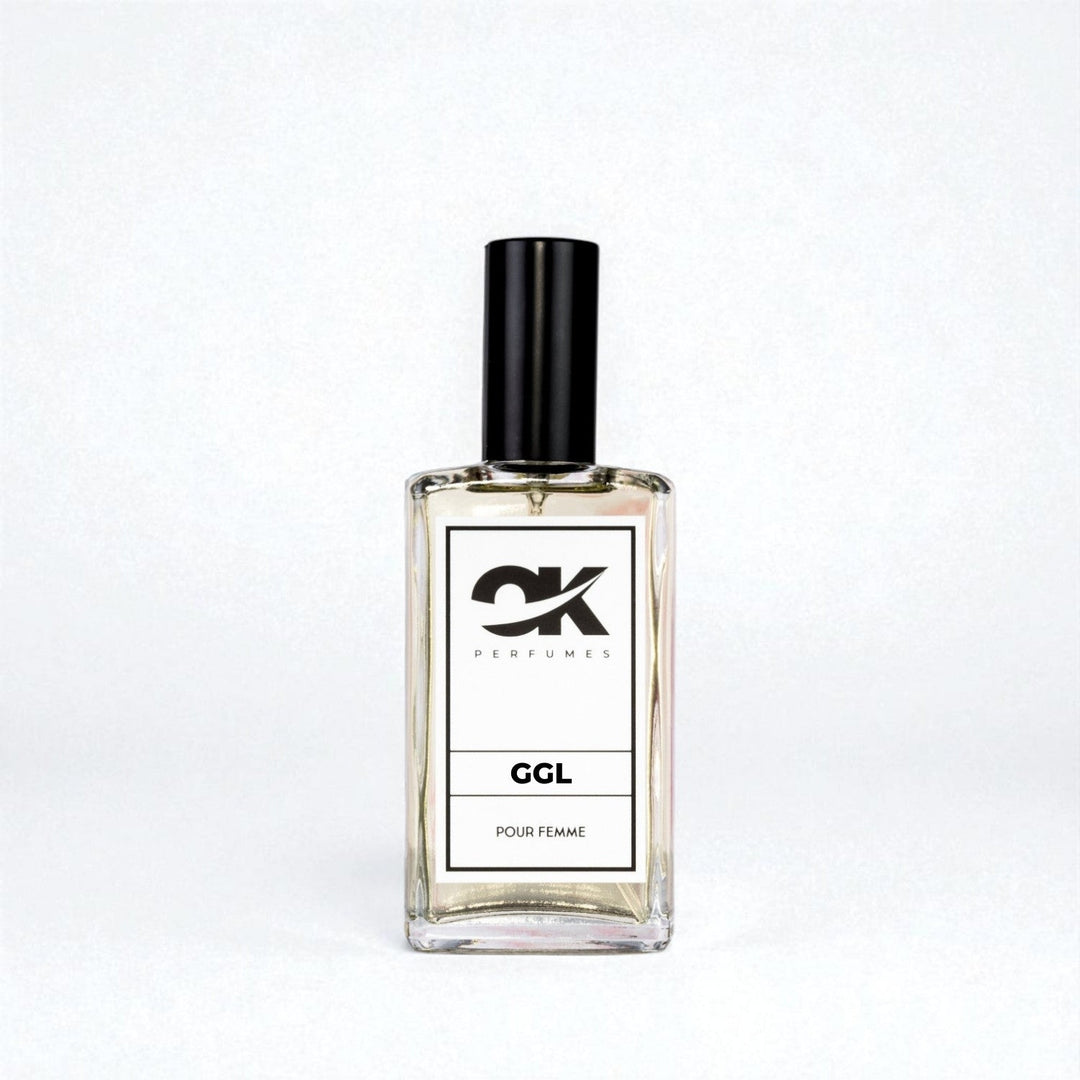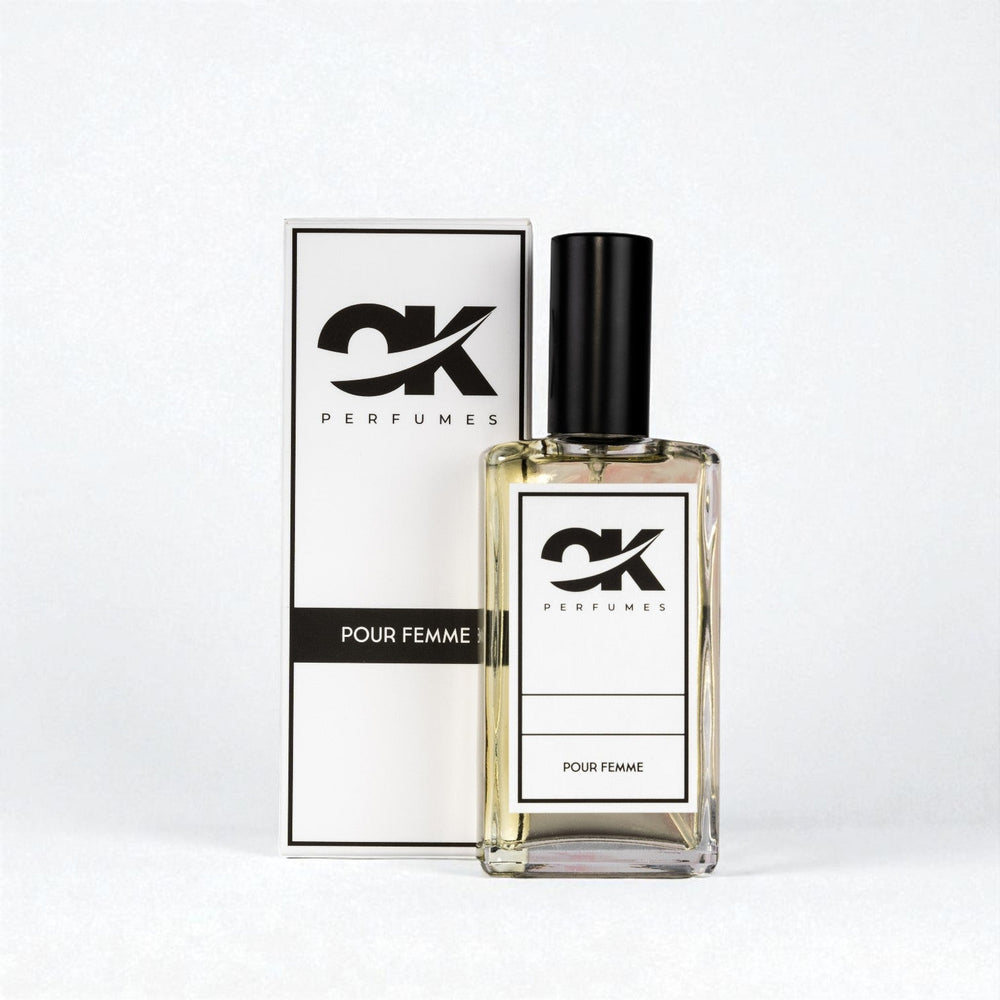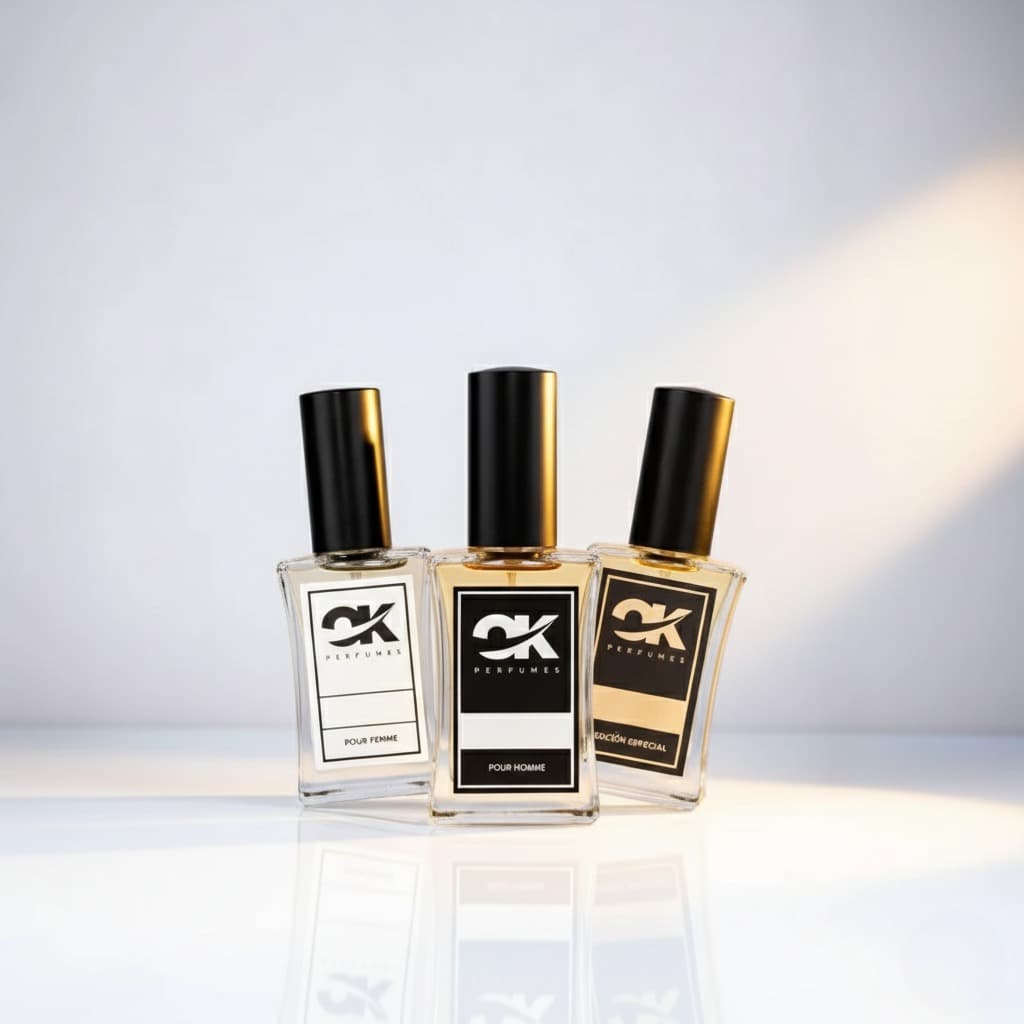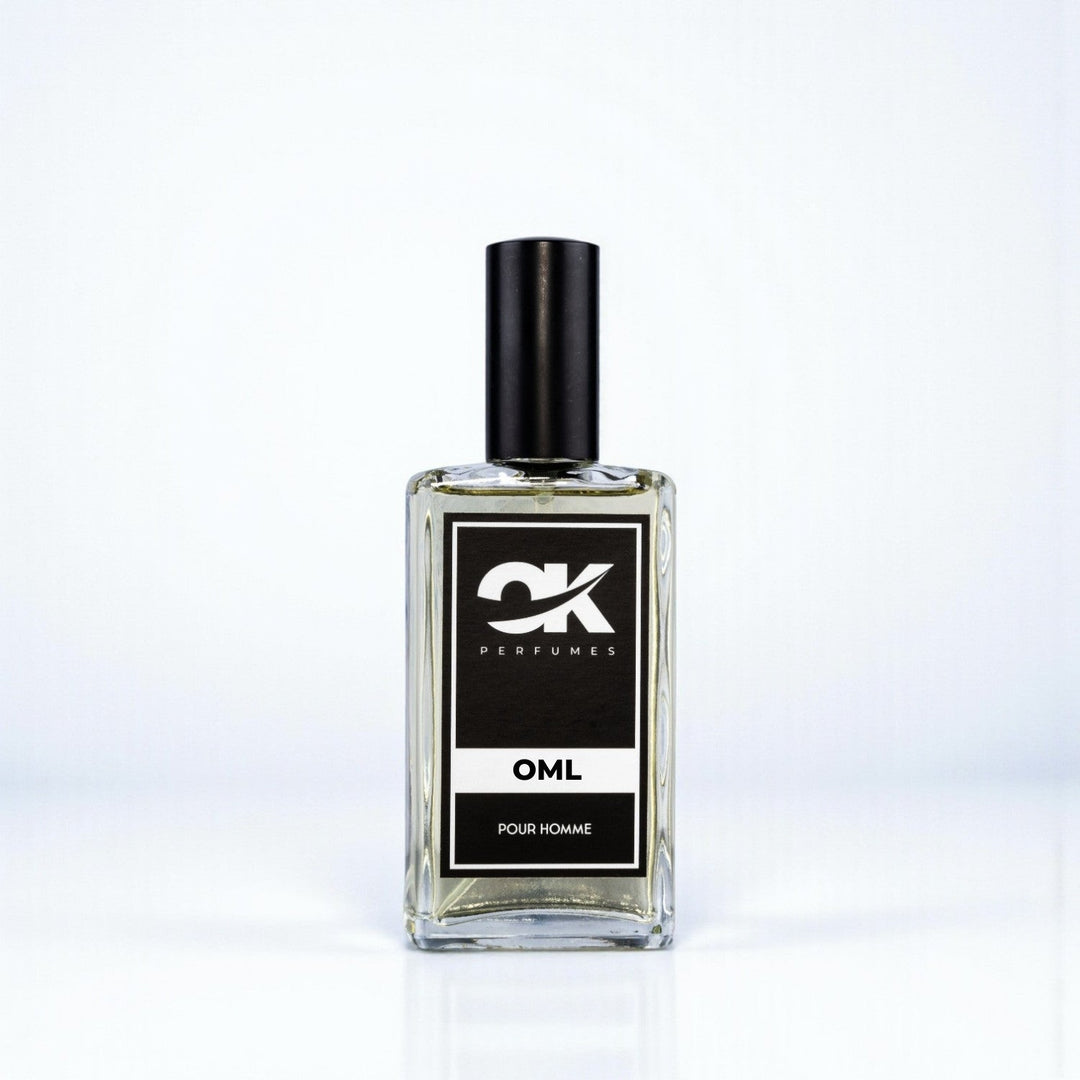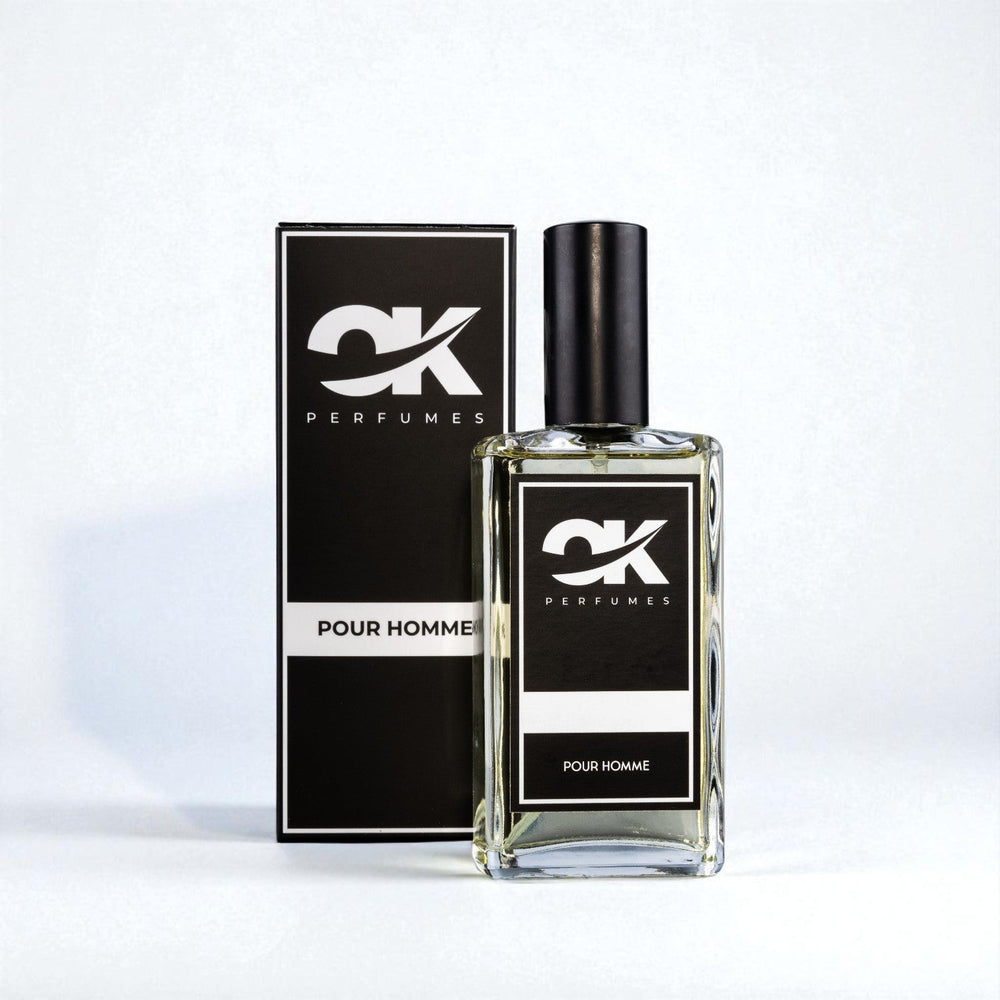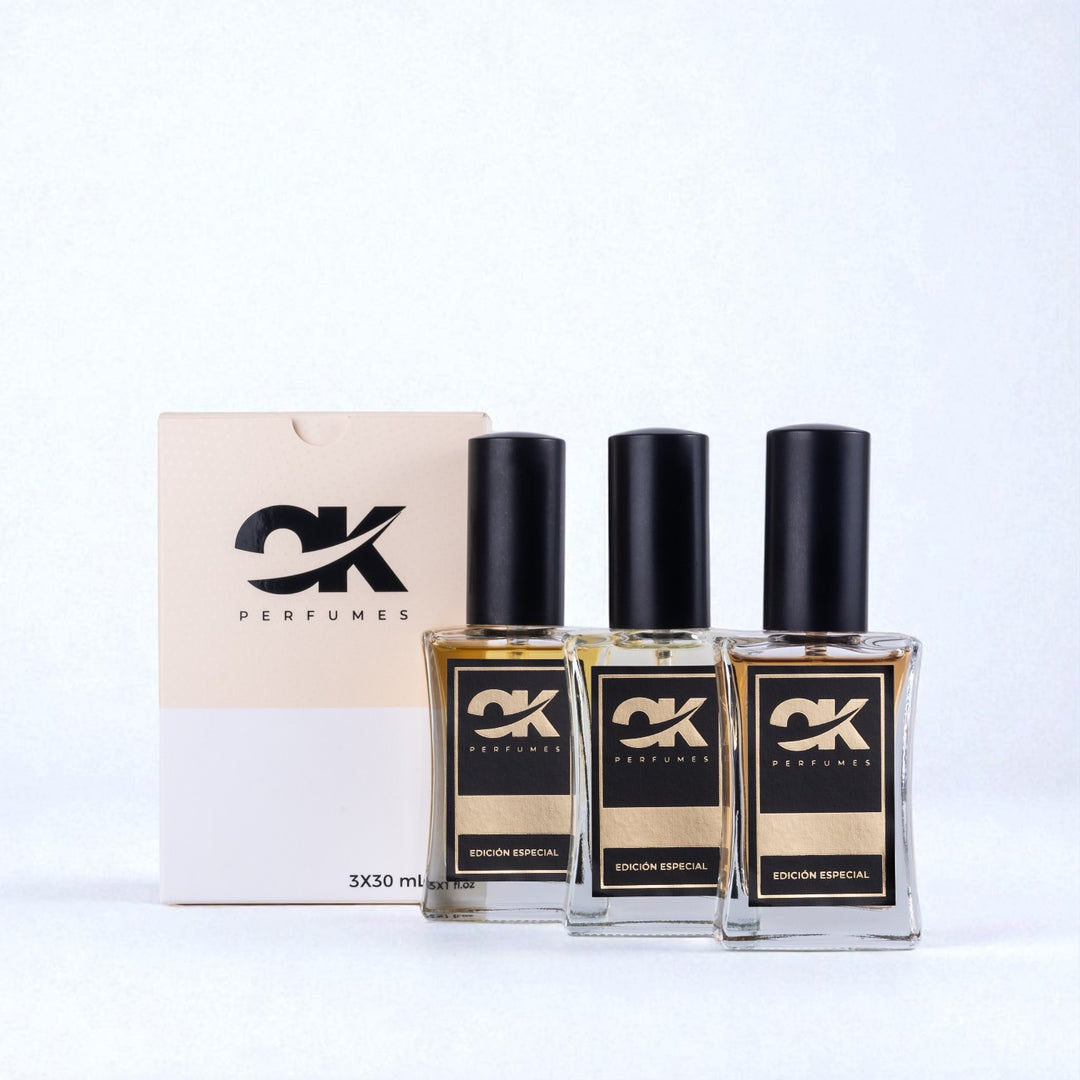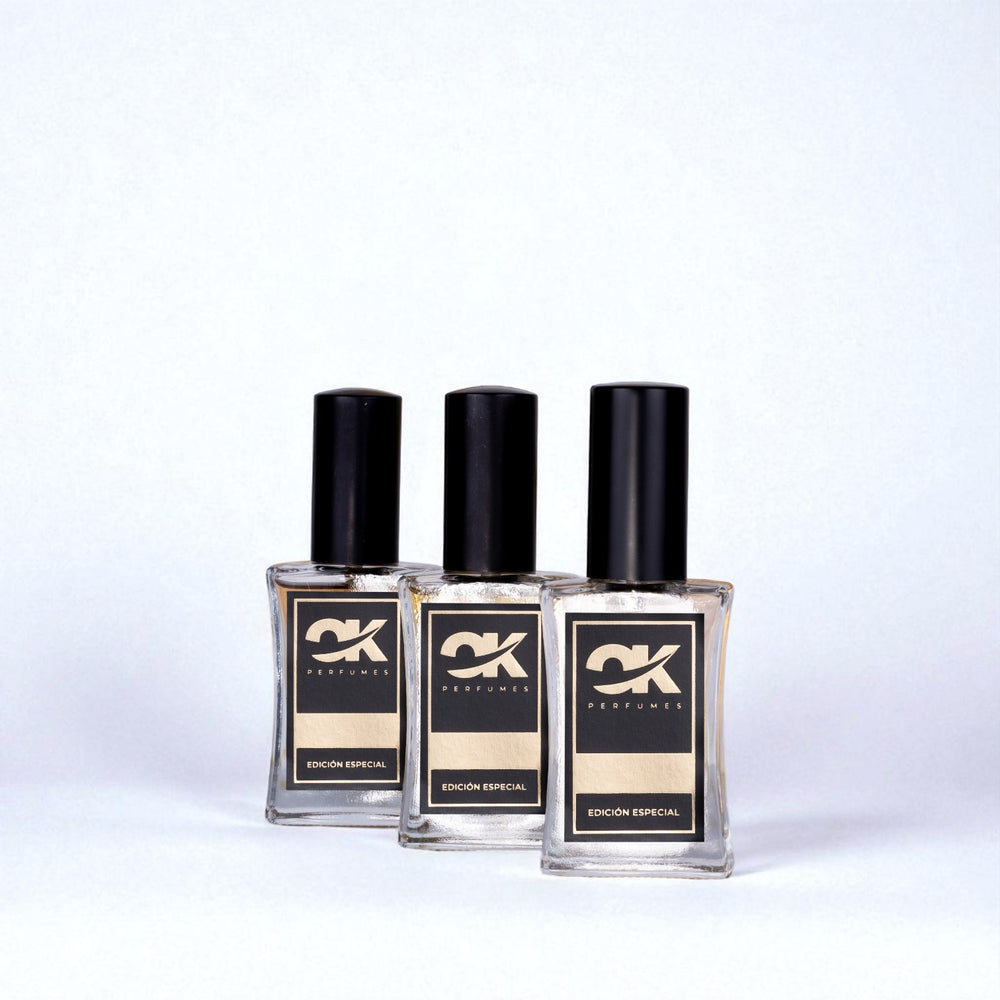Discover the Hidden Art: The Process of Creating a Fragrance
Fragrance creation is a fascinating art that combines science, creativity, and a deep understanding of human emotions. In this article, we'll take you behind the scenes to explore every step of the process, from conception to the final product. If you're a perfume lover and want to understand how these wonderful aromatic elixirs are created, read on!
Inspiration: Where Does a Fragrance Come From?
It all begins with a spark of creativity. For the best perfumers, inspiration can come from anywhere: a life experience, a special place, or even a strong emotion. This inspiration serves as the starting point for the development of the new fragrance. Different aspects of life become aromatic notes that blend to achieve the perfect composition.
Identifying the Essence of the Product
Once the inspiration has been defined, the next step is to identify the essence of the fragrance. This includes choosing the ingredients, which were previously selected for their quality and aroma. These components, known as "notes," are divided into three main categories:
- Top notes: The first impressions you get when you apply the perfume. They tend to be fresh and light.
- Heart notes: These begin to develop after a few minutes and represent the character of the fragrance.
- Base Notes: These deep, long-lasting notes create the foundation of the fragrance and are what last throughout the day.
The Mix: A Chemical and Artistic Process
Once the notes have been chosen, the next step is blending. This is a delicate process that requires experience and precision. Perfumers use their technical knowledge of the equivalence of ingredients and how they interact with each other. Blending notes in the right proportions can transform an ordinary scent into an extraordinary sensorial experience.
The Use of Natural and Synthetic Ingredients
In the world of perfumes , there is an eternal debate about the use of natural ingredients versus synthetic ones. Natural ingredients include essential oils and extracts of flowers, woods, and spices. On the other hand, synthetic ingredients allow for the reproduction of certain aromas that are difficult to obtain naturally. A careful balance between the two is essential to ensure the quality and cost of the final product.
Fragrance Aging: Patience and Perfection
After blending the components, the fragrance is often left to age for a period of time. This process allows the different notes to integrate and evolve, creating a more harmonious and complex scent. Some fragrances may require months or even years of aging to reach their full expression.
Fragrance Analysis and Adjustment
Once aged, the blend undergoes a thorough analysis by a panel of experts. The quality of the aroma, its projection, and its longevity are evaluated. Based on this analysis, adjustments may be necessary. This is a critical step to ensure the final product is perfect and meets market expectations.
Packaging and Marketing: Important Presentation
Once the fragrance has been perfected, the next step is its presentation. Packaging is crucial to attracting customers and communicating the fragrance's essence. The bottle, design, and label should reflect the concept behind the fragrance. Emulating sensory experiences through marketing also plays a decisive role in how consumers perceive and choose a fragrance.
The Value of the Price in the Market
Finally, we come to the aspect of price . This is a determining factor in a perfume's success on the market. Creating a high- quality fragrance doesn't always mean it will have a high price tag. Many brands seek to offer affordable alternatives without sacrificing quality, leading to a significant increase in competition in the perfume market. Equivalence comparisons between different brands allow consumers to choose options according to their budget and personal preferences.
Sensory Experiences in the Perfume Market
Choosing a perfume isn't just a matter of scent; it's also about the emotional experience it evokes. From soft, floral fragrances to intense, woody scents, every perfume tells a story. As such, in today's market, consumers are looking not only for quality, but also for authenticity and emotional connection.
Impact of Fragrance Trends
Fashion trends and popular culture also influence fragrance creation. Top perfumers are always on the lookout for emerging trends and seek out new combinations that resonate with the public. The rise of natural and sustainable products is transforming the way fragrances are developed, aligning with the growing demand for more environmentally friendly options.
The Importance of Research and Development in Perfumery
Research and development are fundamental in the world of perfumes. Advances in technology and chemistry allow perfumers to create more complex and effective formulas. The use of new extraction and production techniques also contributes to improving the quality of fragrances, resulting in more satisfying products for consumers.
The Future of Fragrance: Innovations and Sustainability
Looking to the future, the perfume industry is at a crossroads. As sustainability becomes more important to consumers, perfumers must adapt to this change. This includes choosing sustainable ingredients, developing eco-friendly packaging, and using responsible production processes.
What's Next on Your Olfactory Journey?
As you close this chapter on the fragrance creation process, remember that every perfume has a unique story. From conception to market, a fragrance's journey is meticulous and filled with passion. We hope this behind-the-scenes look has inspired you to explore the world of perfumes further. Perhaps, in the end, you'll find that perfect scent that not only makes you feel good but also speaks to your personal story.
Explore the Shopify store of a user by clicking here . Keep in mind that this is a promotional link, and we are not responsible for the content on the linked store.




